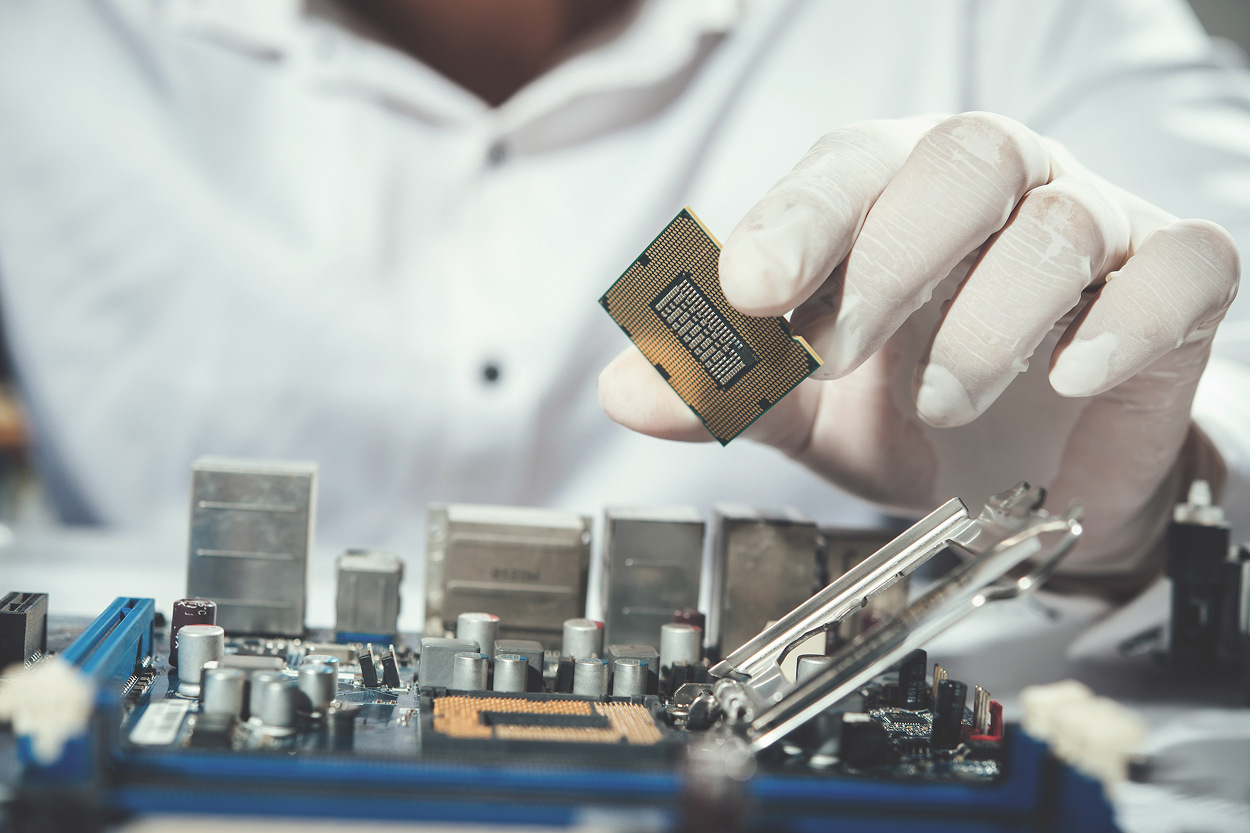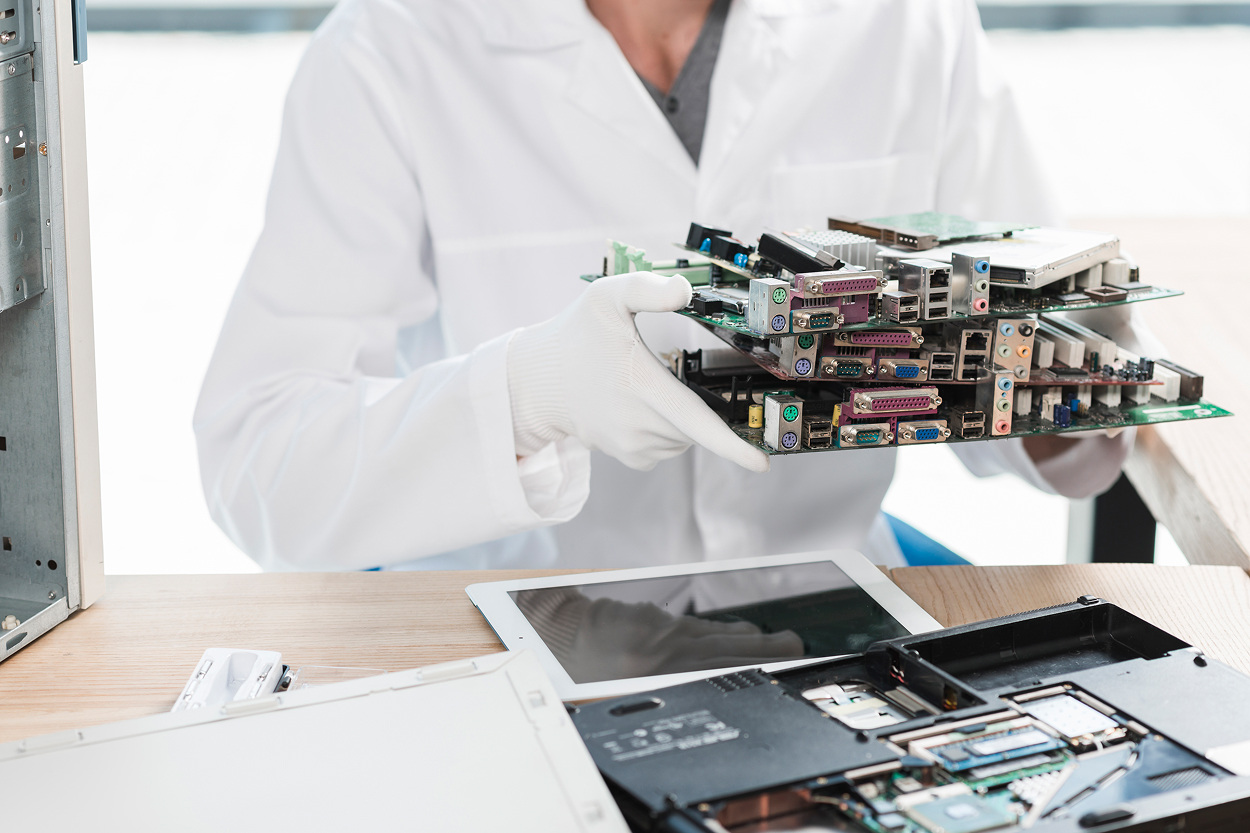Future-Proofing Your Electronics Product: Tech and Manufacturing Strategy for 2025–2030

Getting Started: What It Means to Future-Proof a Product
In the world of electronics, where lifecycles are shrinking and technologies are evolving at lightning speed, future-proofing is no longer a nice-to-have—it’s a necessity. Future-proofing your electronics product means designing it to remain relevant, functional, and scalable over the next 5+ years, despite technological, regulatory, and supply chain changes.
From selecting flexible components to choosing scalable manufacturing strategies, this guide explores what product and operations teams must do today to stay competitive tomorrow.
Why Future-Proofing Matters Now
- Shorter tech cycles: Many components reach obsolescence within 2–4 years.
- Rising customer expectations: Seamless UX, OTA updates, and security are now table stakes.
- Global instability: Political shifts and logistics disruptions call for agile operations.
- Regulatory evolution: Environmental, data, and safety compliance is tightening globally.
1. Future-Proofing Through Hardware Design
Modular Architecture
- Enables swapping components without major redesign
- Simplifies product variants for different markets
Component Selection Strategy
- Prefer parts with long lifecycle guarantees (e.g. automotive-grade, industrial lines)
- Avoid hard-to-source or single-source components
- Use parametric matching to approve multiple vendors
Mechanical Flexibility
- Design enclosures that can accommodate updates or regional variations
- Consider future accessories, expansion ports, or retrofitting
2. Long-Term Firmware and Software Strategy
OTA Update Infrastructure
- Build-in firmware upgrade capabilities from the start
- Use secure boot and failover partitions
RTOS and Middleware Stability
- Select operating systems with strong community or vendor support (e.g. Zephyr, FreeRTOS, QNX)
- Plan for backwards-compatible firmware APIs
Cybersecurity by Design
- Hardware-based security modules (TPMs, Secure Elements)
- Lifecycle management of certificates and credentials
3. Scalable Manufacturing Strategy
Flexible Production Planning
- Choose EMS partners with multi-site capabilities
- Support low-to-mid volumes initially, then ramp up without switching vendors
DFM and DFT from Day One
- Avoid rework and test issues that delay scaling
- Include test points, built-in diagnostics, and modular test setups
Global-Ready Manufacturing Files
- Use standardized, version-controlled CAD, BOM, and test documentation
- Plan for transferability across EMS in different regions
4. Supply Chain Resilience for 2025–2030
Multi-Vendor Strategy
- Approve at least two suppliers per critical component
- Maintain regional alternates to mitigate geopolitical risk
Obsolescence Management
- Subscribe to lifecycle alert systems (e.g., SiliconExpert, IHS Markit)
- Build a component refresh roadmap tied to firmware updates
Logistics Diversification
- Use dual-region production to reduce shipping dependency
- Evaluate nearshoring for faster prototyping and lower emissions
5. Regulatory and Environmental Compliance
Design for Global Certification
- Consider CE, FCC, IC, UKCA, RoHS, REACH, ISO 26262, ISO 13485 from the beginning
- Align EMC, safety, and wireless testing with global requirements
Eco-Design and Circularity
- Enable product take-back, refurbishing, or recycling
- Choose recyclable plastics and low-impact materials
Digital Product Passport (DPP)
- Prepare to implement EU’s upcoming Digital Product Passport for traceability
- Structure BOM and compliance data for easy integration
6. Future-Proofing User Experience (UX)
Configurable UI/UX
- Hardware that supports multilingual displays, accessibility, and market customization
AI-Enhanced Interaction
- Integrate on-device ML models for personalized behavior
- Design sensor input schemes that support future algorithm upgrades
Power and Connectivity Agility
- Plan for battery scalability, USB-C migration, wireless protocol evolution (Matter, BLE 5.4, Wi-Fi 7)
Comparative Table: Future-Proofing Tactics Overview
| Area | Key Strategy | Long-Term Benefit |
| Hardware | Modular, low-risk components | Easier redesign and upgrades |
| Firmware & Security | OTA, RTOS LTS, hardware root of trust | Fewer recalls, longer device lifespan |
| Manufacturing | Multi-site EMS, DFM/DFT built-in | Smoother scaling, lower NPI costs |
| Supply Chain | Dual sourcing, obsolescence alerts | Fewer shortages, better timeline predictability |
| Compliance & Sustainability | Circular design, global certifications | Faster market entry, eco-alignment |
Expert Insight: Planning Beyond the Next Launch
“Future-proofing is now a business imperative. The cost of redesigns and rushed compliance is far greater than investing early in flexible, secure, and compliant systems.”
— Lena Jurgenson, Embedded Systems Lead, NextCore Tech
“We help clients design platforms that support multiple generations of firmware and component families. That’s how you stay relevant in 2027—not just 2025.”
— Mateusz Grabek, EMS Transition Consultant, Promwad

Promwad’s Role in Future-Proof Development
Promwad supports clients in:
- Long-term component strategy and BOM analysis
- Embedded firmware design with OTA and security infrastructure
- EMS partner onboarding with production scalability in mind
- DFM/DFT and compliance planning for EU and North American markets
- Sustainability and documentation workflows for upcoming EU regulations
We act as a strategic partner from concept through scaling to ensure that every decision aligns with long-term resilience and adaptability.
Final Thoughts: Designing for 2030, Not Just 2025
The most successful electronics products over the next decade will be those built to evolve. From their hardware interfaces to their supply chains, future-ready devices are modular, flexible, and connected—both digitally and logistically.
By thinking in lifecycles, planning for change, and embedding agility into every layer of product development, your team can create not just devices—but platforms that endure.
Let Promwad help you turn your product roadmap into a future-proof hardware success story.
Our Case Studies in Electronics Manufacturing





